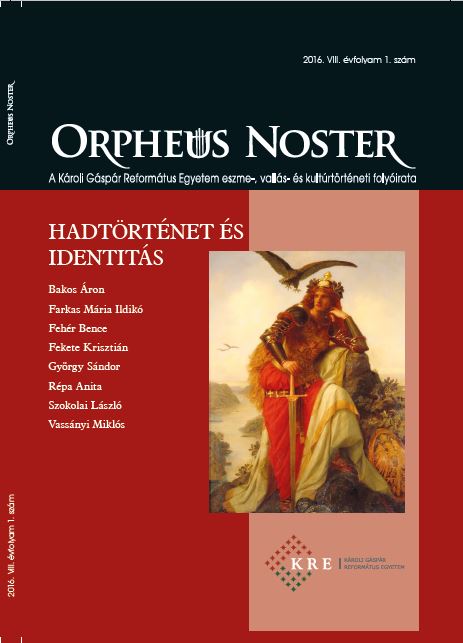A kulturális és nemzeti identitás megfogalmazása Japánban és Közép-Európában a 18-19. században
The Formation of Cultural and National Identity in Japan and East-Central Europe in the 18-19th Centuries
Author(s): Mária Ildikó FarkasSubject(s): History, Cultural history, Comparative history, History of ideas, Modern Age, Nationalism Studies, 18th Century, 19th Century, Identity of Collectives
Published by: Károli Gáspár Református Egyetem
Keywords: Cultural Identity; Nation Building; Modernization; Japan; Central Europe
Summary/Abstract: Kokugaku of the Edo period can be seen as a key factor in defining cultural (and national) identity based on Japanese cultural heritage in the 18th and early 19th centuries. Kokugaku focused on Japanese classics, on exploring, studying and reviving (or even inventing) ancient Japanese language, literature, myths, history and also political ideology. ‘Japanese culture’ as such was distinguished from Chinese (and all other) cultures, and thus ‘Japanese identity’ was defined. Meiji scholars used kokugaku conceptions of Japan to construct a modern nationalism that was not simply derived from Western models and was not purely instrumental, but made good use of pre-modern and culturalist conceptions of community. The role of pre-modern cultural identity in the formation of modern Japanese (national) identity – following mainly Miroslav Hroch’s comparative and interdisciplinary theory of national development – can be examined in comparison with the ‘national awakening’ movements of the peoples of EastCentral Europe. Before modernity, in the shadow of a cultural and/or political ‘monolith’ (China for Japan, and Germany for Central Europe), ethnic groups or communities started to evolve their own identities with cultural movements focusing on their own language and culture, thus creating a new type of community, the nation. A comparative examination of texts (discourses) illustrates that similar modes of argumentation (narratives) can be identified in these movements: ‘language’ as the primary bearer of collective identity, the role of language in culture and ‘culture’ as the main common attribute of the community; as well as similar aspirations to explore, search and develop the native language, ‘genuine’ culture, and ‘original’ traditions. This comparative research offering ‘development patterns’ for interpretation can help us understand how ‘cultural identity’ played an important role in the formation of national identity, with its effect (‘cultural nationalism’) present even today in Japan and in Central Europe, too.
Journal: Orpheus Noster. A KRE Eszme-, Kultúr-, és Vallástörténeti Folyóirata
- Issue Year: VIII/2016
- Issue No: 1
- Page Range: 44-63
- Page Count: 20
- Language: Hungarian

